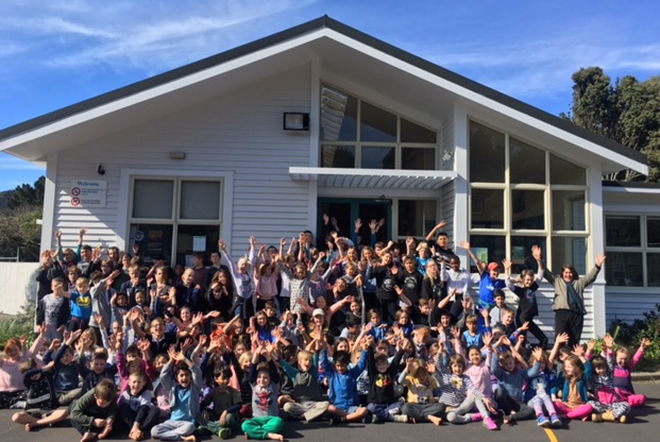Abandoning ‘The Age of Manufacture’ concept: How collaboration works for learners and teachers

In his book, The Element: How Finding Your Passion Changes Everything, (2009) Ken Robinson writes “Students are educated in batches, according to age, as if the most important thing they have in common is their date of manufacture.”
Children all around the world are growing up in villages where the 'date of their manufacture' has never been considered. Children enjoy opportunities and experiences based on their interests and their needs. However, throughout much of the developed world, this is not the case. At some point in our history, the idea of ‘schools’ was born and the industrial model was applied. Children of similar age were placed in rooms, provided with information (inputs) and then tested on their ability to remember this information (outputs). They were taken out of their learning environments and placed in schools and classrooms but for what purpose?
These are the kinds of wonderings that have niggled at me for a number of years. I have taught in classrooms where students were grouped by age, I’ve taught in small country schools were siblings, cousins, children of all ages learned and played together. I am a parent of three children and at no point could I say “well you are 10 and at 10 all children must be ... or do ...” My children learned to walk, talk, read, write, ride a bike, cook at different ages. Their needs could not easily be correlated to their 'age of manufacture'.
I have been principal of Paekākāriki School since October 2015. In that time we have implemented a school structure that helps students find collaborative learning and playing opportunities with children of a variety of ages. Our systems enable teachers and leaders to be collaborative in their everyday practice. Our process started with extensive community consultation in 2016 and we began the 2017 school year with multi-level classes in collaborative learning environments.
Paekākāriki is a small village and it was important to us that our school reflected the village values and philosophies. It no longer seemed right for us to separate children based on their age, these were children who joined clubs and sports teams with younger and older peers, they played with others in their neighbourhood based on similar interests, not a similar age.
We carefully planned out how this could be actioned within our school setting, a setting that still had a very traditional physical layout. We began 2017 with three learning areas; our first area is aimed at supporting transition into school for our 4 – 5 year olds and their families, the second space is for those more settled into school (typically Years 2 – 4), and the third space is for the students in Year 5 – 8. Students work in these spaces with a number of teachers based on needs and interests. Some students and their families took to the changes quickly and with ease, for others it has been a more difficult process as change can be very uncomfortable.
Families are given the option of having siblings join the same ‘whānau’ class or to be separated – there has been an appreciation for this choice and families are able to do what works best for them. Regardless of the decision, a family has made we will often see siblings sitting together to share ideas, discuss a problem or even just reading together.
Adjusting to this new way of working provided challenges for many families and learners. Spending time educating our community about how this works on a day to day basis has been important. Students are now reporting higher levels of enjoyment of school, they have more flexibility over their learning programmes as they are not having to wait for others, they can move on and work with other students as needed. Being exposed to a wider range of skills and opinions is also helpful. There is a sense that behaviour is calmer as students know and understand others better.
A key factor that led us to implement this approach was the recognition of the importance of relationships for the learner and the stress and anxiety that can be caused when students transition from one class/teacher to another every year. Our students transition between learning areas twice in the eight years they are with us. Over their eight years, they will learn in three main learning areas forming relationships with three key teachers, known as ‘whanau teachers’. Families also build strong relationships with teachers – everyone develops strong relationships and a deeper knowledge and understanding of one another. We have experienced more settled starts and less downtime at the start of the new year meaning that the learning is picked more quickly and progress is faster.
Teaching teams required more time together to plan and problem solve so we had to make some changes to our meeting schedules to enable this to happen. Staff have worked collaboratively to overcome some of the challenges associated with reporting to parents, communication, timetabling and meeting a diverse range of student needs. We have used a variety of digital tools to achieve this, however, we still recognise the value of face to face communication and sharing information.
This is an ongoing process for us as we seek to continually modify our systems and processes. Paekākāriki School is situated in a village, we embrace the philosophy that “it takes a village to raise a child” and we enjoy working and learning collaboratively as a group of learners with individual needs, where our ‘age of manufacture’ is not the thing that determines our daily pattern.
Come along and meet me at the Leading a Digital School Conference where I will be presenting on this subject along with a session called Barefoot Learner Capabilities: How we are developing competencies for the real world.